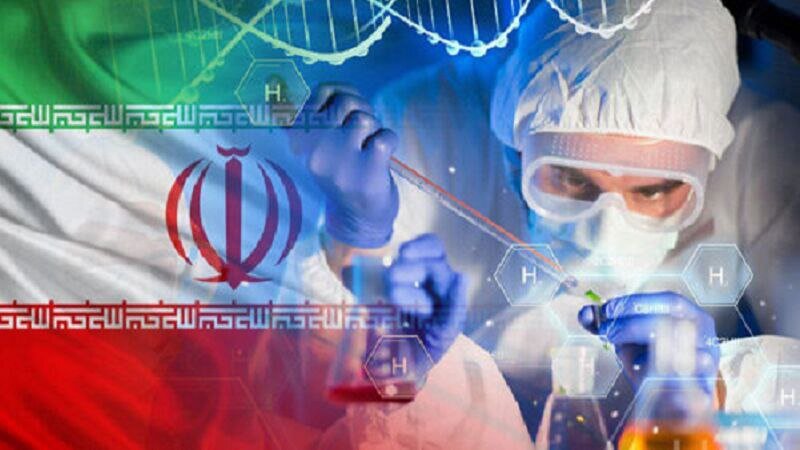Tehran – The model of assistive technology introduced by Iran at the Global Cooperation on Assiping Technology (GATE) Summit 2025 is recognized as a successful model in developing countries.
Hosted by the World Health Organization (WHO) under the GATE initiative and working with the United Nations Children’s Fund (UNICEF), the summit will bring together key stakeholders to highlight and prioritize global, regional and national actions needed to accelerate equitable access to assistive technologies.
Mostafa Qanei, secretary of the Office of Biotechnology Development, the Vice President of Science and Technology, working on the summit, detailed Iran’s activities in the assistive technology sector and listed the measures taken by the Vice President in policy decisions.
Referring to the cooperation between science and Iran’s vice president for UNICEF, the formula highlighted the importance of emerging technologies, particularly digital technologies.
Assistive Technology Program Specialist Fernando Botelho praised Iran’s efforts and introduced the models presented by Iran as a role model in other developing countries.
The two organizations have been collaborating since 2019 and so far have two innovation challenges focusing on children and adolescents with child participation.
Improving access to assistive technology for children and adolescents is one of the most important axes of cooperation between Iran and UNICEF.
Participating in international conferences and programs, developing Iran’s technology, making policy decisions to the international community, and introducing outcomes and measures in supporting supporting technology operators are among the main objectives of cooperation.
They also work together to establish an innovation ecosystem in the children and adolescents sector, attracting stakeholder participation and investment in this sector, improving access and supporting active companies.
Gate Summit
With its overall goal of within-sector and partner collaboration, Gate Summit will set the overall goals of the sector, achieve a consensus-driven global roadmap for prioritization investment and action, and accelerate equitable access to assistive technologies.
The WHO and UNICEF Global Report on Assistive Technology identifies that 2.5 billion people worldwide need assistive technology, increasing to 3.5 billion by 2050. Equitable access to assistive technologies enables improved health outcomes and realising human rights, and encourages the collective and comprehensive achievement of the Sustainable Development Goals.
The purpose of Gate Summit is to raise awareness of the need for assistive technology and to build shared knowledge about strategies to improve access.
It also uses a hybrid approach and expands the network of stakeholders across sectors and levels that are actively involved in increasing access to assistive technology through the use of at least 40% of individual participants taking part in the Gate Summit for the first time, and strengthens assistive technology partnerships and collaborations between members, UN and civil society. To accelerate access to assistive technology.
mt/mg

